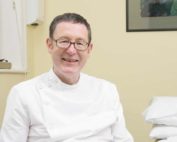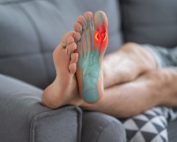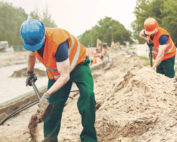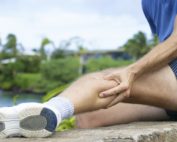COVID-19
Lately there has been an awful lot of “fake news” regarding the current pandemic. This article (courtesy of Government Health) should hopefully answer a few questions that might not have been answered already:
A coronavirus is a type of virus. As a group, coronaviruses are common across the world. The most important symptoms of coronavirus (COVID-19) are recent onset of a new continuous cough, a high temperature, or a loss of, or change in, normal sense of taste or smell (anosmia). In some people, the illness may progress to severe pneumonia causing shortness of breath and breathing difficulties.
Generally, coronavirus can cause more severe symptoms in people with weakened immune systems, older people, and those with long-term conditions like diabetes, cancer and chronic lung disease.
COVID-19 is a new disease caused by a recently discovered virus, first identified in China. Transmission of COVID-19 is now widespread in many countries, including the UK.
How COVID-19 is spread
From what we know about other coronaviruses, spread of COVID-19 is most likely to happen when there is close contact (within 2 metres or less) with an infected person. It is likely that the risk increases the longer someone has close contact with an infected person.
Respiratory secretions (droplets) containing the virus are likely to be the most important means of transmission; these are produced when an infected person coughs or sneezes.
There are 2 common routes people could become infected:
-
Secretions can be directly transferred into the mouths or noses of people who are nearby (within 2 metres) or possibly could be inhaled into the lungs.
-
It is possible that someone may become infected by touching a person, a surface or object that has been contaminated with respiratory secretions and then touching their own mouth, nose, or eyes (such as shaking hands or touching door knobs then touching own face).
Hygiene measures
The best way to protect yourself and others is through rigorous cleaning, personal hygiene and regular hand hygiene. An increased frequency of cleaning and disinfection of all surfaces and equipment, using standard household cleaning and disinfection products, is recommended.
After contact with any member of the public, clean your hands thoroughly with soap and water or alcohol hand sanitiser at the earliest opportunity. This advice is applicable to all situations, regardless of whether there was close contact or the minimum 2 metre social distancing was maintained.
Avoid touching your mouth, eyes and nose.
There are no additional precautions to be taken in relation to cleaning your clothing or uniform other than what is usual practice.
Taken from Government health – https://www.gov.uk/government/publications/novel-coronavirus-2019-ncov-interim-guidance-for-first-responders/interim-guidance-for-first-responders-and-others-in-close-contact-with-symptomatic-people-with-potential-2019-ncov
Latest News
Tom Cree Announcement
Having practised osteopathy for over fifty years, Tom has decided to hang up his clinic coat and register as [...]
Gout- Diagnosis & Treatment
What is gout? Gout is a complex form of arthritis that's caused by the accumulation of uric acid crystals [...]
Christmas Newsletter
CHRISTMAS NEWSLETTER It's getting to that time of the year again so what better reason to keep you all in [...]
Advice for physical work
Advice for physical work If your work involves lifting or more physical activities you need to be careful that you [...]
How to stop leg cramps
Cramp is a common, mostly harmless, condition in which sharp “clamping like” pains occur in the muscle. Cramps in the [...]





